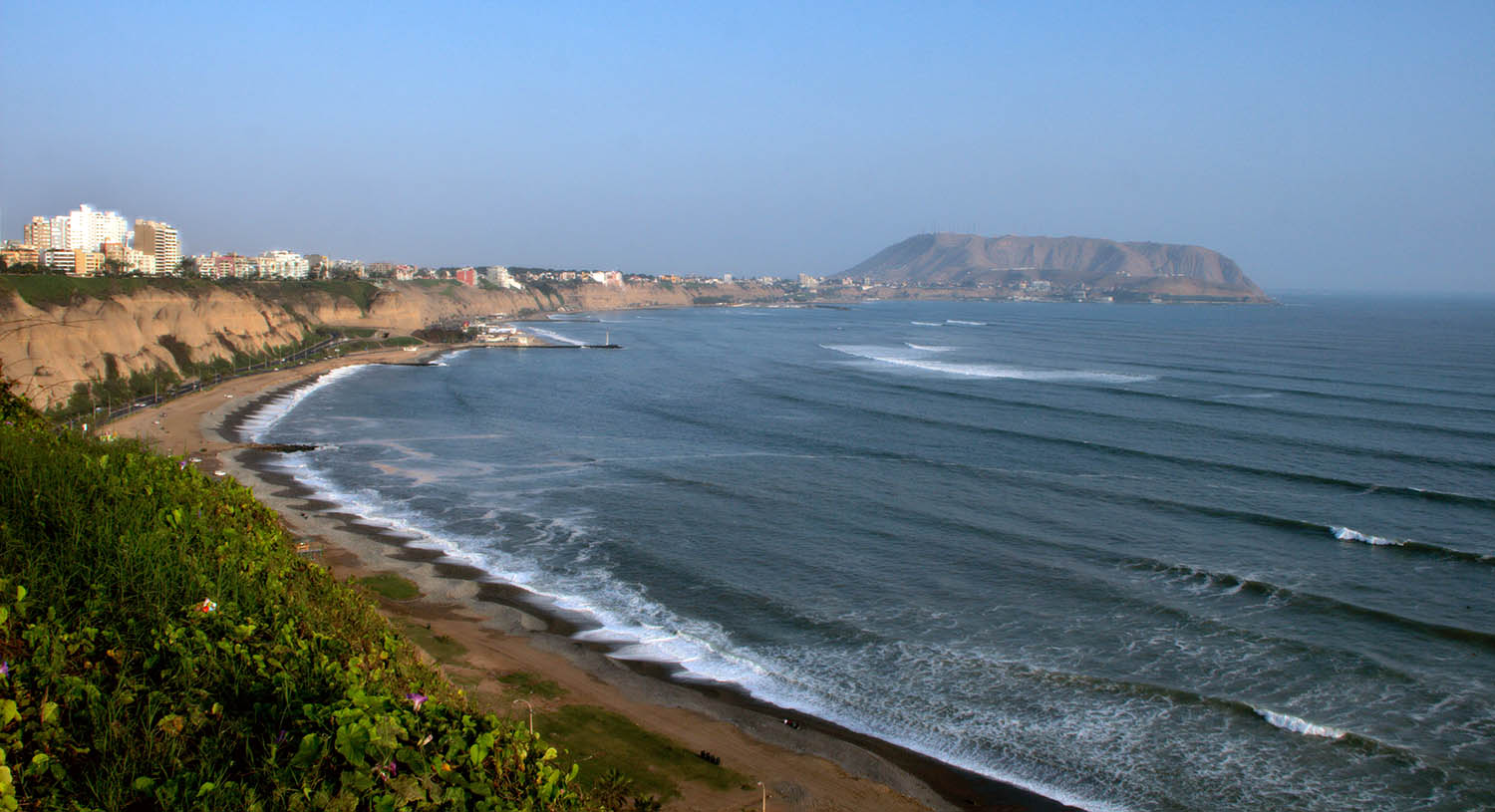I don’t know about you, but I tend to plan my travel itineraries as much around food as I do around historical and cultural landmarks, museums, and sightseeing.
This was true when I scoured through the streets of Chandni Chowk in old Delhi to sample some of the best Mughlai cuisine last fall, or when last summer, I dragged my best friend to Alfredo Alla Scrofa in Rome, a restaurant that claims to have invented the Alfredo sauce.
So when I booked my plane tickets to Peru earlier this year shortly after watching Netflix’s “Chef’s Table,” trying to score a reservation at the famed Lima restaurant Central was an absolute no-brainer. (This is no easy feat, mind you, as reservations run out months in advance. Try and book at least three months ahead.)
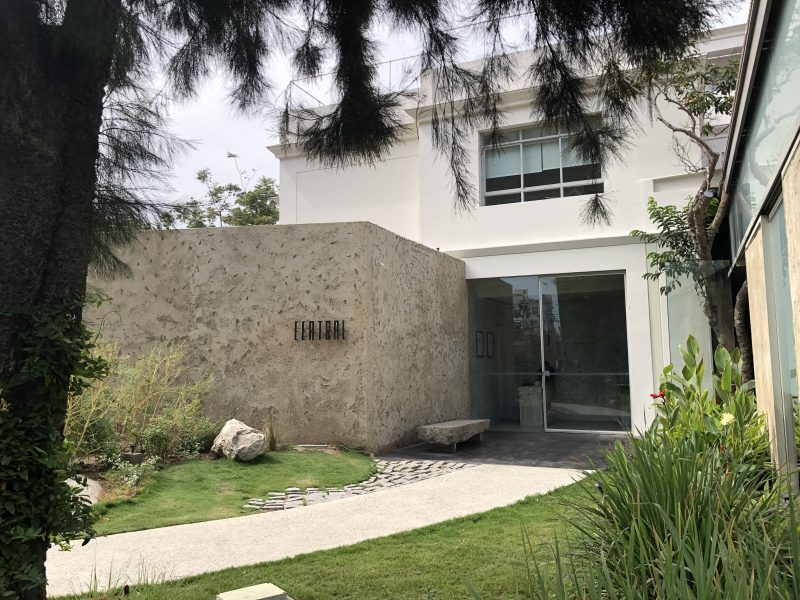
Central Restaurante is the brainchild of chef Virgilio Martínez Véliz, and holds the enviable title of the sixth best restaurant in the world. Located in the hip, bohemian neighborhood of Barranco in Lima, it is known for its modern and contemporary interpretation of Peruvian cuisine that puts an avant-garde spin on the country's native ingredients, elevating them to new heights.
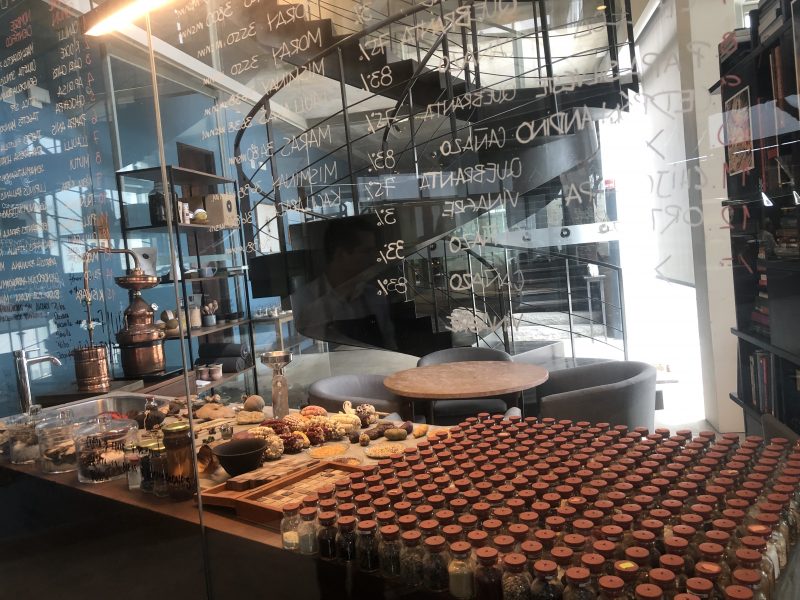
The restaurant is part of a larger gastronomical complex run by Véliz and his co-owner, chef, and wife, Pia León. This includes cocktail and quick bites at bar Mayo, León's new restaurant Kjolle, as well as Central's research arm, Mater Iniciativa, where a team of researchers studies a diverse range of ingredients sourced from across the country.
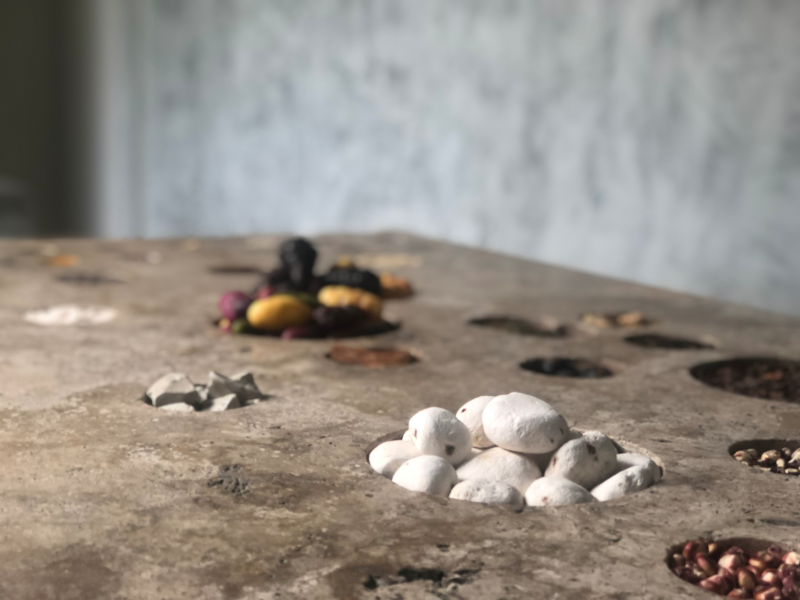
Food at Central is a heady concoction of art and science, and the restaurant isn't afraid to flaunt that. In fact, you get a glimpse of it pretty much the second you walk in, with a large stone-cut table displaying the traditional ingredients that adorn the menu. The menu itself is an unabashed celebration of Peru and its rich biodiversity - from the snow-capped Andean mountains to the lush foliage of Amazonian jungle and everything else in between.
There are two distinct tasting menus: a 16-course menu organized around the country's dizzying array of altitudes, and a 12-course menu that is designed around its ecosystems. I opted to splurge on the latter in the interest of time, which is essentially a compressed version of the former. And the $235 I spent on it (including a generous tip) was perhaps the most rewarding culinary investment that I've ever made.
The dishes are composed of bold ingredients that are brought to life in ingenious ways, offering a whirlwind tour of Peru in just a couple of bites. The food isn't just delicious for the most part, but a piece of art - quite literally - with each dish's presentation being as unique and whimsical as the ingredients that make it come together. You don't always know what you're eating and have probably not tried some of the ingredients before, but that's what makes the journey even more exhilarating.
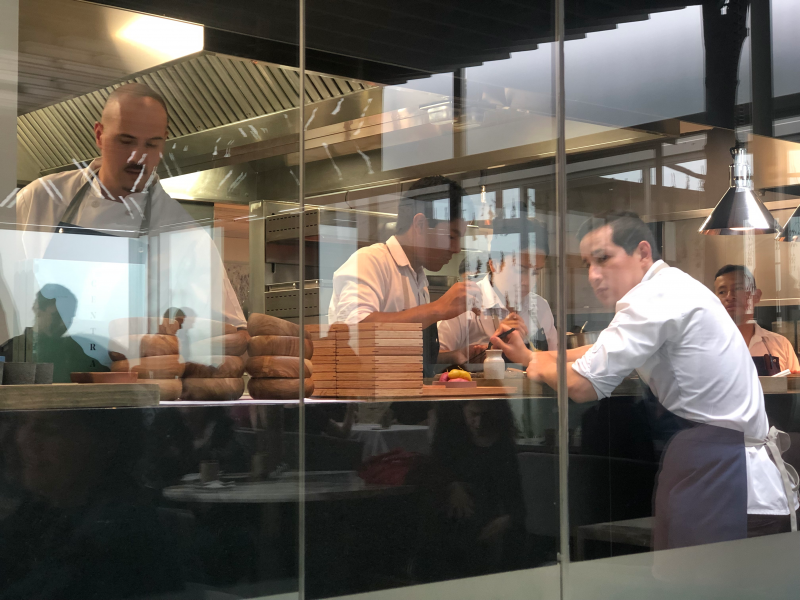
The roaring success of Central has catapulted Martínez Véliz into the ranks of culinary superstardom - and rightfully so. But the true stars at Central are his kitchen and wait-staff. You can see the chefs painstakingly curate every tiny detail to make every dish a cohesive whole behind the kitchen's glass windows. And the servers had no airs of pretension either, you could see how passionate they were about being there.
Central isn't merely a restaurant; it's an unparalleled culinary experience unlike any other that I would highly recommend to anyone that happens to find themselves in Lima. Here's a tour of the latest 12-course tasting menu at Central, and what it is like:
1. "Red Rocks" (-10 meters)
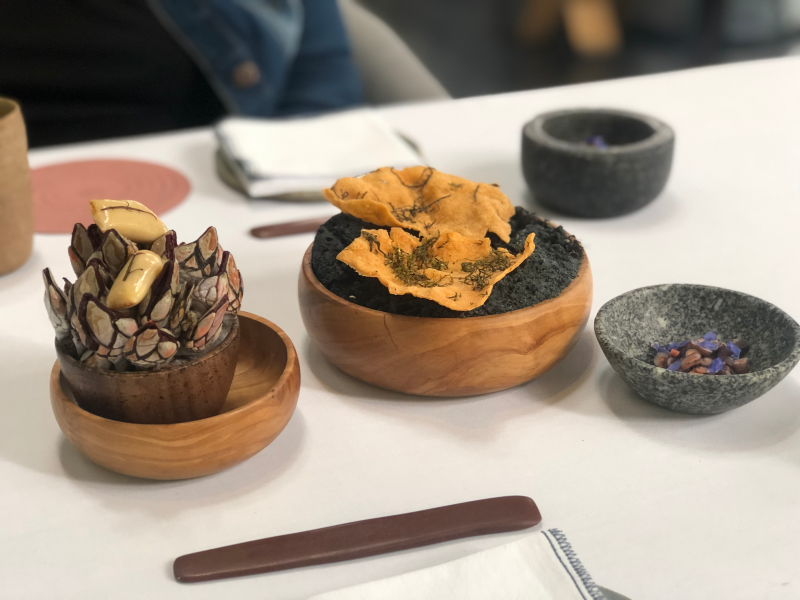
The culinary adventure at Central starts on Peruvian coastline, with the first dish being drawn from the Pacific ocean.
The star of the dish is the piure percebe razor clam, which is a burst of flavor in your mouth, and releases an oozy, sweet-and-salty liquid as soon as you bite into it. It is accompanied by a set of yellow crisps and a purple flower-infused jelly on the side.
2. "Desertic Coast" (110 meters)
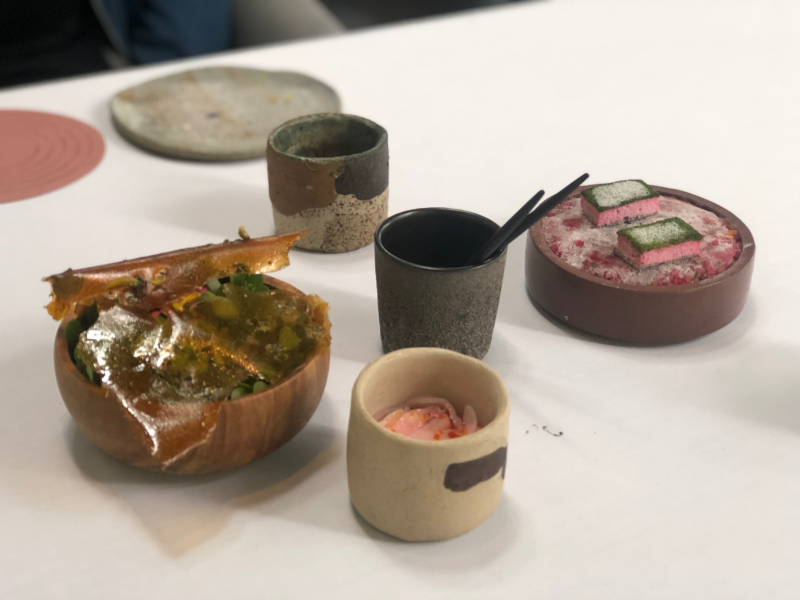
The second dish is derived from the country's dry, desertic coast, and was a fusion of cactus, clams, and yuyo seaweed.
The cold cubes of seaweed were interesting in texture, and the cactus tasted almost like candy.
3. "High Altitude Farmlands" (3750 meters)
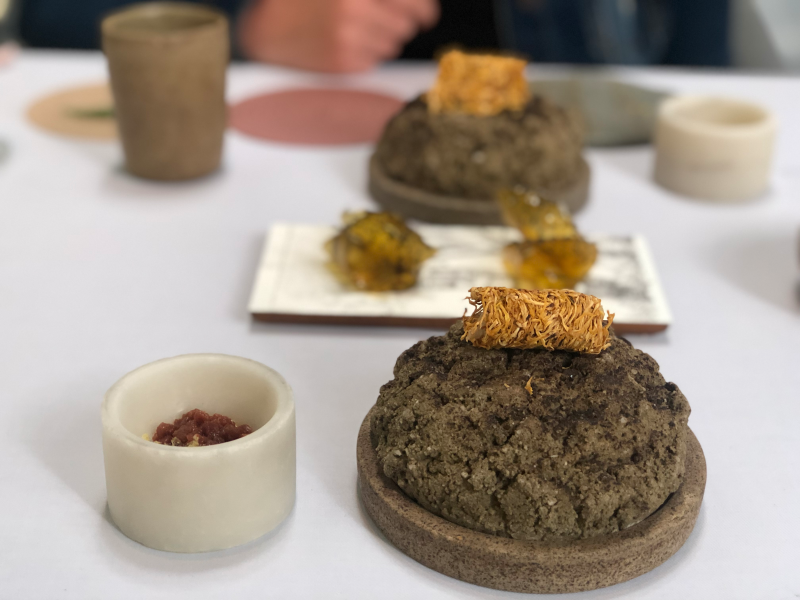
Hundreds of varieties of potatoes and other tubers have been grown in the Peruvian Andes for centuries, and this dish brought together two varieties of what is called "mashwa" along with duck confit.
The mashwa was crunchy and airy, almost like dry fried noodles, with subtle vegetal flavors that popped from the touch of sauce on top.
4. "High Jungle" (890 meters)
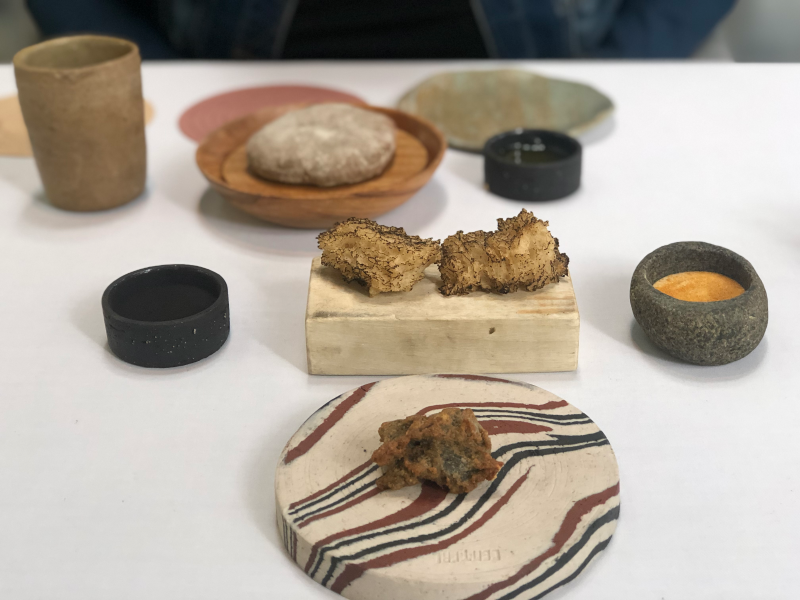
Copoazú and Sachatomate - tropical trees related to the cacao and tomato respectively - make up the fourth dish on the ecosystems tasting menu at Central.
These were light, pillowy fritters, a little denser than the mashwa fritters in the previous course. The orange and black dips on the side added a great kick to them.
5. "Sea Terrain" (15 meters)
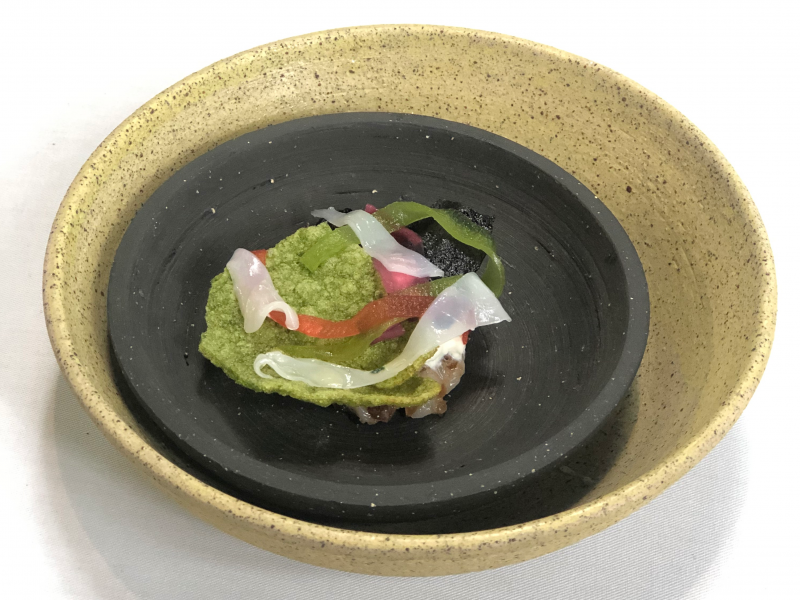
The fifth dish is a medley of squid, a seaweed called sargassum, and elements from a tree called huarango - and really evoked the flavors of the sea.
I remember it being a very well composed dish, with the salty squid at the bottom enveloped by a creamy sauce, a thin crisp on top and pickled vegetables as a garnish.
6. "Waters of the Desert" (88 meters)
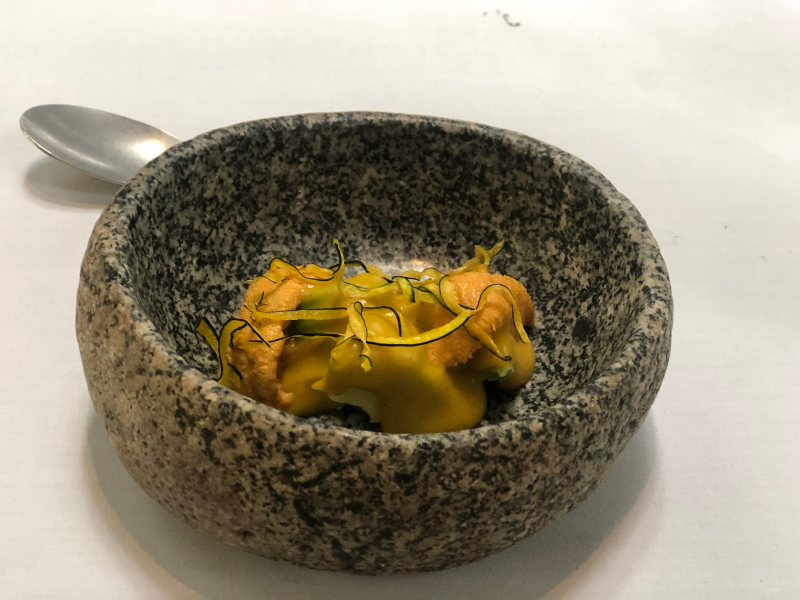
I had never tried sea urchin before until this course came around, and I was pleasantly surprised.
The dish had a punch of umami flavor, with the broth that was poured over the sea urchin and avocado serving to blend all the ingredients together into a cohesive whole.
7. "Extreme Altitude" (4350 meters)
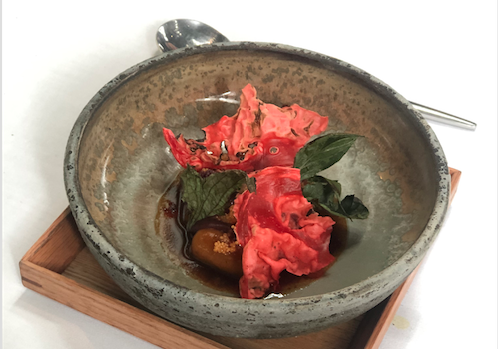
Corn is Peruvian staple, and this dish highlights the versatility of the ingredient by marrying two native varieties of corn (choclo and kculli) with kiwicha (a dense grain similar to quinoa).
This was one of my favorite dishes, and was the perfect blend of rich, savory, and fresh elements, with a creamy gnocchi-like base underneath topped by a crispy thin fritter and fresh, herby leaves.
8. "Amazonian Lake" (190 meters)
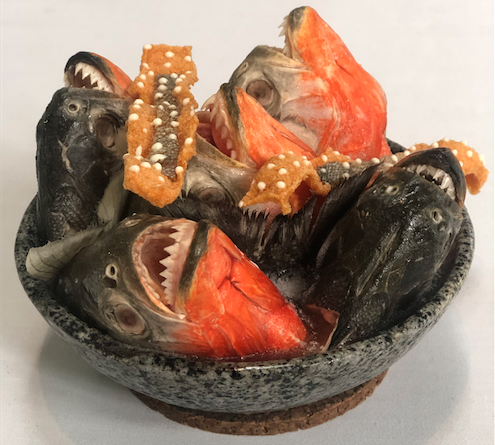
This one takes the prize as far as presentation is concerned, with piranha heads and eyes staring back at you from the dish it was served in.
Other than that, it was pretty underwhelming, consisting of yet another crisp made up of yuca root and cocona fruit.
9. "Marine Valley (-25 meters)
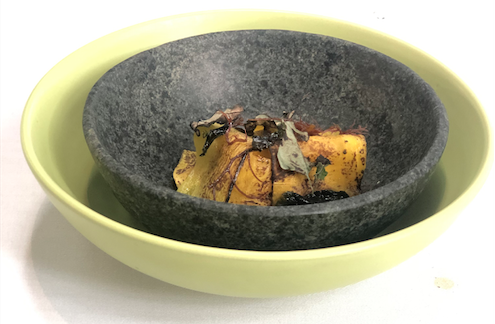
The ninth dish takes you back to the coast, with an eclectic fusion of scallops, macre pumpkin purée, and sea lettuce coalescing into a mouthwatering union.
10. "Andean Woods" (2980 meters)
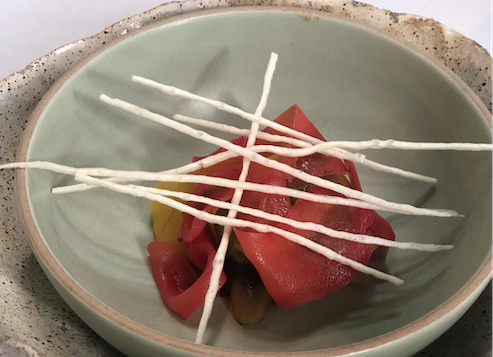
The last main course dish consisted of tender, succulent pieces of lamb under a bed of pickled olluco (a kind of tuber) and crystallized straws of sheep's milk.
While some may have appreciated this dish - and the impeccable technique behind it - it was perhaps my least favorite. While the sauce was interesting, I am not a huge fan of lamb meat.
11. "Green Mountain Range" (2100 meters)
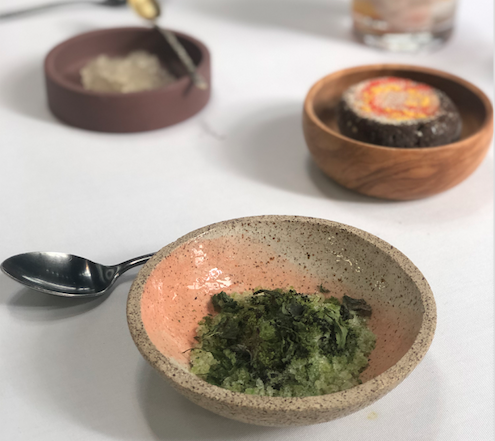
I have to be honest, I am not a huge dessert person. But the first dessert knocked it out of the park.
It elevated two very intrinsic elements of Peruvian cuisine - cacao in the form of a delicious, creamy mousse and coca leaves in a shaved ice-jelly combo.
12. "Medicinal Plants" (3800 meters)
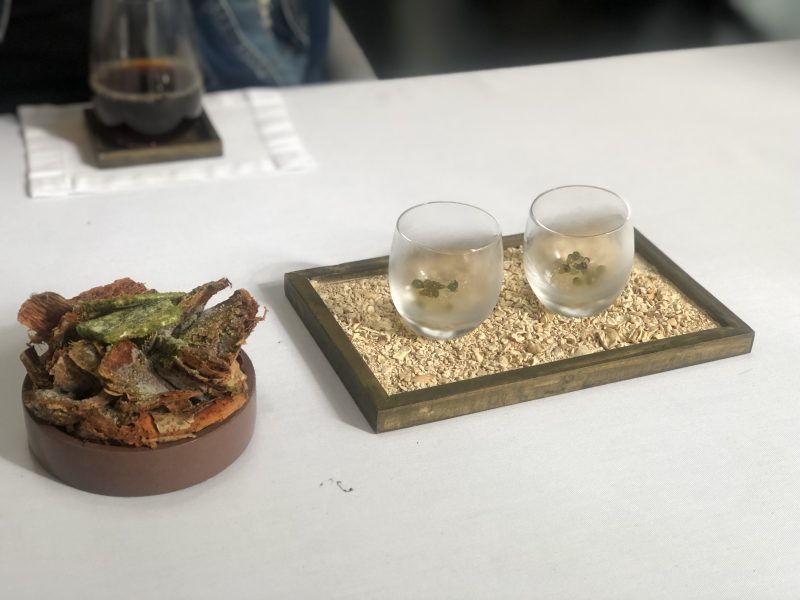
If you've seen the Central episode of "Chef's Table," you would distinctly remember chef Martínez Véliz rolling around gelatinous balls called cushuro in his palms.
These balls, which are essentially balls of cyanobacteria found in water bodies all over the world, are often referred to as "Andean caviar."
These, along with gel derived from the broiled bark of the huampo tree, congona leaves and kjolle flowers make up the last course of the 12-course tasting menu, offering a refreshing palette cleanser and a fitting end to the complex culinary journey.
